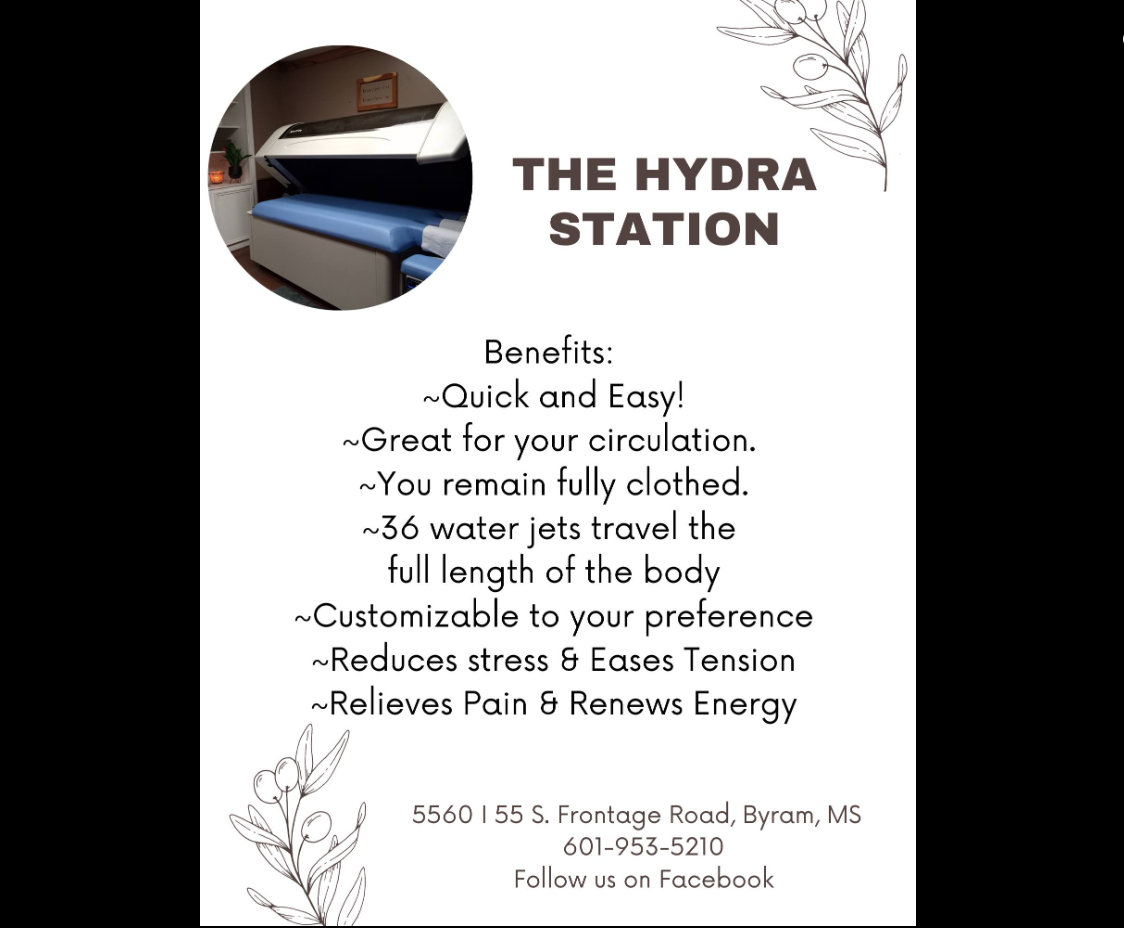As temperatures plunge in the Deep South, American Medical Response has important suggestions for avoiding, recognizing and providing first aid for two deadly cold-related illnesses: hypothermia and frostbite.
Both conditions occur even in areas known for warm weather due to wind chill and exposure to snow or wet conditions. As temperatures begin to drop, remember that exposure can be a threat to life and limb – especially for older adults, small children, the chronically ill and people who are required to be out in the cold for long periods. Each year across the United States, nearly 1,300 people die from exposure to excessive cold.
“To avoid hypothermia and frostbite, wear several layers of loose clothing – even indoors,” said Jim Pollard from AMR Central Mississippi. “Layers of clothes provide more insulation than one thick garment. When you are outdoors, the top layer should resist rain, sleet or snow and have zippers for venting body heat if you become too warm.”
Pollard also suggests:
• Wear a stocking cap since a substantial percent of body heat escapes through the scalp.
• Wear mittens because they keep hands warmer than gloves.
• Remove any clothing that gets wet as soon as possible.
• Check on older adults frequently because age and some medications hinder the body’s ability to sense and adapt to temperature changes.
“We should remember that hypothermia can happen indoors as well as outside,” Pollard said. People with little or no source of heat should move to a friend or family member’s home or to a public shelter.
To stay warm in your home if the power goes out, Pollard advised: Use a south-facing room. Close the doors for all rooms you do not have to use and for other parts of the home where heat could be wasted. Stuff towels between the bottom of the door and the floor, especially where there are drafts. In the daytime, open your curtains for the warmth of sunlight. Wear loose layers of clothing and a stocking cap indoors. Stayed bundled up with blankets. If you have a fireplace that you know is working well, use it. To prevent carbon monoxide poisoning, do not bring a generator indoors and do not use a gas stove for heat. Be careful with kerosene heaters and candles.
Hypothermia
Hypothermia is a general cooling of the body’s internal temperature. Hypothermia victims go through stages of shivering, numbness, confusion and drowsiness. Eventually, they lose lose consciousness. Unless emergency aid is provided, death can soon follow.
First aid for hypothermia includes moving the person from the cold setting and removing any wet clothes, Wrap the person in warm materials and, if the victim is alert, give warm, non-alcoholic fluids. Never give anything by mouth to someone who is less than fully alert.
Frostbite
Frostbite is the actual freezing of a body part, most often the fingers, toes, ears or nose. Frostbitten body parts may feel hard or waxy and be discolored. If not treated, frostbite can require amputation of affected body parts and lead to dangerous infection.
First aid for frostbite includes removing the person from the cold setting. Handle the affected part gently to protect it from further injury. Do not rub the frostbitten part or allow the victim to try to use the part, such as walking on frostbitten toes. Wrap the part in a dry, clean dressing.
Never put ice on frostbite. Re-warm the frostbitten body part only if emergency care is remote or unavailable. After re-warming, never let the part re-freeze.
If you suspect hypothermia or frostbite, call 911 for help immediately.

















